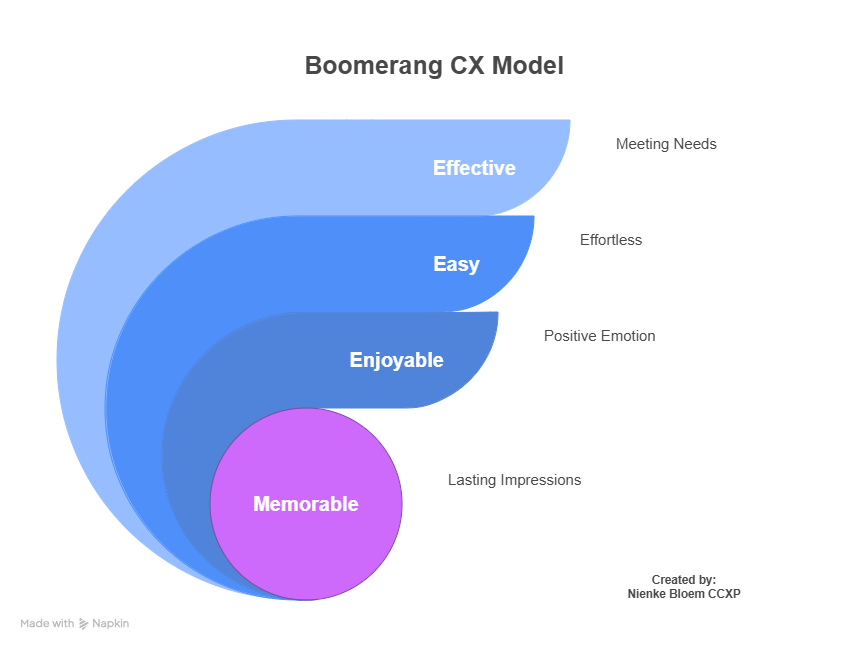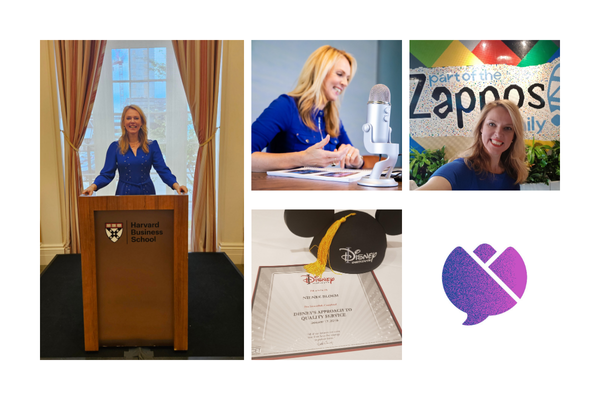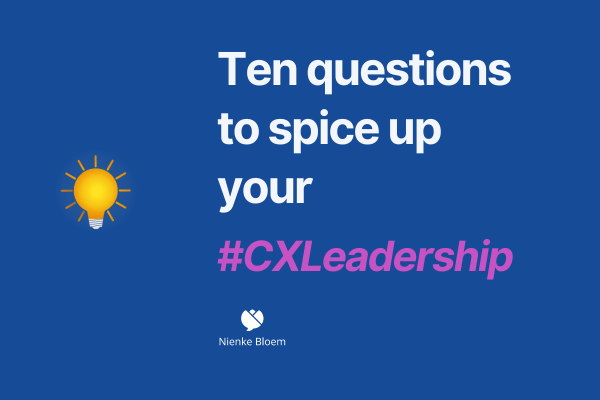Two moments this week made me stop, look in the mirror… and finally get my act together.
Moment one: a cheesy joke that hit a little too close to home
I was re-reading No Excuses by Brian Tracy (yes, that old classic), when I came across this line:
“Denial is not a river in Egypt.”
At first, I didn't get it. Cue the Scooby-Doo face: eyes squinting, brow furrowed, and that confused “Huhhh?” sound. (Yes, I'm showing my age here.)
And then it landed. Hard.
The quote appears in a chapter about self-discipline and courage – about facing fears and moving through resistance.
Suddenly, I saw my office. You know, the part that doesn't show on Teams. The piles of books. The speaker materials. The overflowing cabinets. It's been like this for over two years.
I see it every day. I don't like it. But I've been telling myself it's “not that bad.”
Denial with a capital D.
Moment two: someone else's challenge lit a fire under me
Later that week, during a CX Leadership Masterminds session, one of the participants brought a real challenge to the table. We brainstormed, reflected, explored… but she couldn't commit to action.
So I asked her, “When are you going to plan time to start?”
She said, “Tomorrow.” And she promised to post her progress in our WhatsApp group.
After that call, I looked at my office again. BAM.
When was I going to stop pretending and do the same?
When was I going to create some accountability?
I had two options:
- Keep saying I'll get to it “someday”
- Or finally get help, with accountability built in
So I Googled. Found a professional organizer in Utrecht. Called her. We're meeting for an intake next week, and I hope to start somewhere in June or July.
She loves organizing. I love helping CX leaders spice up their leadership – or go for a long walk. Win-win.
This isn't a sales pitch. It's a nudge.
Because maybe… there's a Denial river quietly flowing somewhere in your CX life too?
That stakeholder you've been meaning to call.
That customer journey that's been 80% done since last year.
That blocked time in your calendar to finally work on your CX Strategy for 2027.
No more excuses.
You're human. Things feel big and overwhelming sometimes. That's okay.
But at some point, it's about deciding. Acting. And finding accountability.
Tell a friend. Book time. Hire help. It all works.
I've been training with my personal trainer Mounir (@iwannaburnfat) for over six years. Without his accountability? I've quit in week three.
So… what's your version of my messy office?
The thing you see every day but try to ignore?
I challenge you: call it out. Decide. Take one small action. Today.
And if you're curious – yes, I will share a before-and-after photo of the office. Just to keep myself accountable too.
Now tell me… what's your “office project”? Please send me a message – I'd love to hear it.
Until next time, keep spicing up your Customer Experience leadership.
*****
Nienke Bloem is often called the Customer Experience speaker in the blue dress.
She's a global CX thought leader, educator and a global keynote speaker who inspires audiences with best practices and proven methodologies. She leads a speaking practice, a CX game company and a training business; she breathes Customer Experiences and is author of two CX books.
Her two-day Customer Experience Masterclass is known as the best program to prepare for your CCXP and she is the go-to person for CX leaders who want to advance their leadership and bring direct results from their Customer Experience transformation programs. Since 2020, she hosts a CX Leadership Masterminds program and helps leaders spice up their leadership and deliver an engaging CX Story including a solid CX Strategy. Besides, she is a modern-day pilgrim and found the parallel with leading customer centric transformations.
With her over 20 years of corporate experience, she speaks the business language. Her keynotes and education programs in Customer Experience are inspiring and hands-on. She is one of the few Recognized Training Partners of the CXPA and it is her mission to Make Customer Experience Work and help you deliver business results. Subscribe to her weekly CX Greetz to stay tuned.




